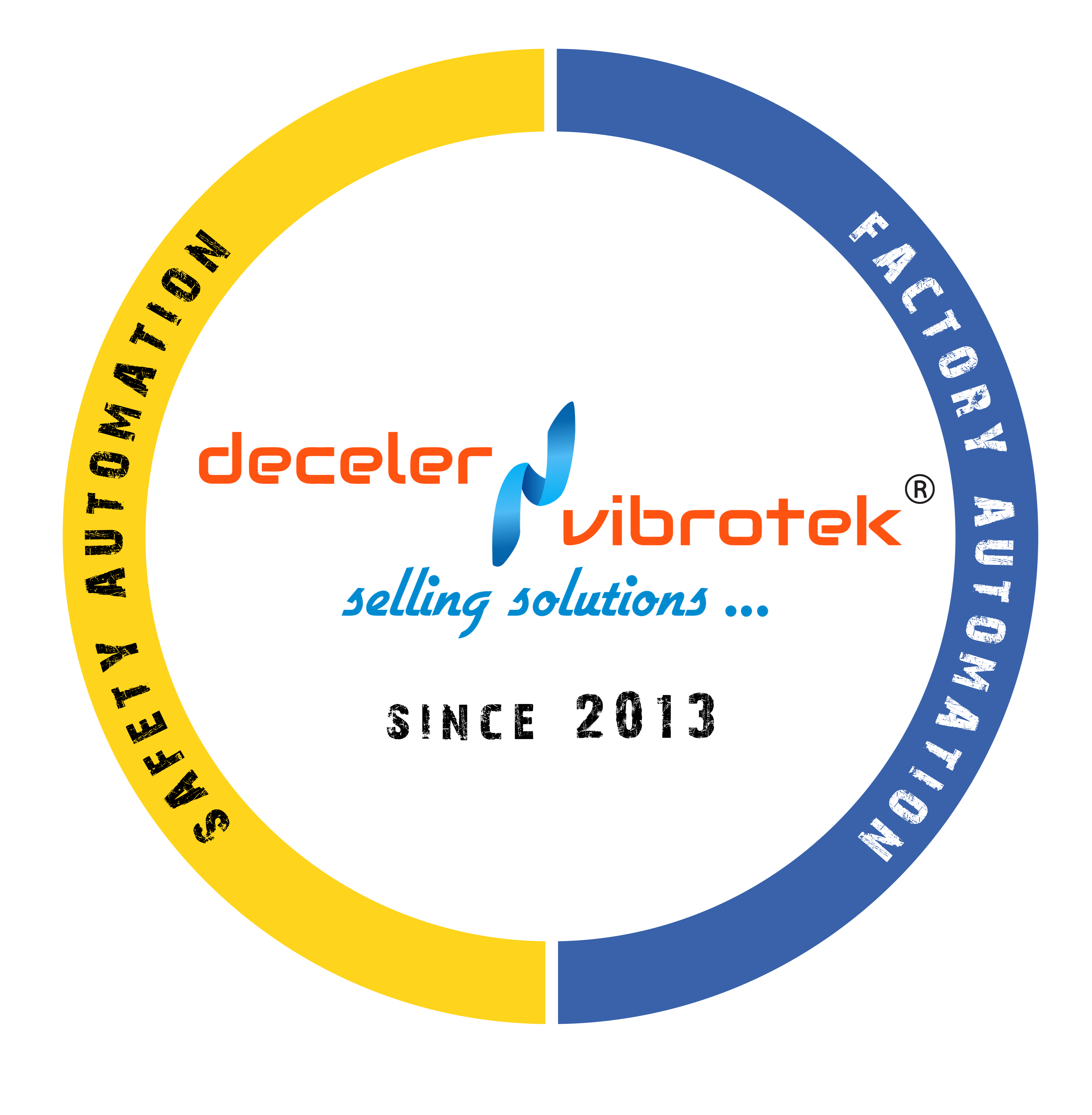Picture yourself at a party where the big, erratic dancing machine is the life of the party. It can jitterbug with gears and salsa with sparks, and it’s whirling, spinning, and grooving to the beat of its programming. You choose to join the dance, but you soon learn that the dance skills of this machine could put you in the emergency room rather than the limelight. That’s where Machine Guarding And Safety Devices come to the rescue, keeping both workers and machinery safe. They serve as the industrial party’s bouncers, making sure you don’t get too close to the machinery.
Let’s now have a playful look at the different kinds of safety features and Machine Guarding that keep Life enjoyable and safe!
Fixed Guards
In the world of machinery, fixed guards are the heavy-duty, straight-shooting bouncers. They’re like the burly bodyguards who never let anyone near the VIP, in this case, the machine’s moving parts. These guards are permanently attached, forming an impenetrable barrier between you and the potentially hazardous components. So, no sneaky tango with those gears!
Interlocked Guards
Interlocked Guards are the gadget gurus of the safety world. They’re like those Modern Security Systems that only work when you punch in the right code. These guards ensure the machine can only operate when the guard is properly closed and secured. Try to open it without permission, and the machine will stop, just like that! Dance move denied.
Adjustable Guards
Adjustable guards are the chameleons of the guarding game. They can be customized to fit different sizes and shapes of machines, like a versatile costume for every occasion. These guards are perfect for those ever-changing dance floors where machinery sizes vary.
Presence-Sensing Devices
Presence-sensing devices are like the magician’s assistant who can sense when you’re getting too close to the magic tricks. These sensors can detect your presence and halt the machine’s performance in a split second, ensuring that no accidental waltz with danger occurs.
Safety Interlock Switches
Safety interlock switches are the secret handshake of the safety world. They are designed to work in tandem with the Machine Guarding System to ensure that the machine doesn’t start if the guard is not in its proper place. No handshake, no dance!
Safety Light Curtains
Safety Light curtains are like the invisible force fields you see in sci-fi movies. They create an invisible barrier around the machine, and if you cross it, the machine instantly stops. It’s like the “Force” of Machine Safety, without any Jedi training required.
Two-Hand Control
Two-hand control is the safety device that requires a coordinated effort. It ensures that you need both hands engaged to operate the machine, preventing any solo attempts at a risky cha-cha with the equipment.
DECELER-PROTEC have your back
To take a break from the seriousness of safety, we’d like to introduce you to DECELER-PROTEC, the company that specializes in creating the most amusing, yet incredibly effective safety solutions for your machinery. That concludes our lighthearted introduction to Machine Guarding and Safety Devices. Recall that being safe need not be dull! With the correct tools, you can transform your place of work into a protective stronghold where everyone goes out smiling and with all of their limbs intact.
Happy guarding!
What is Machine Guarding, and why is it important?
Machine Guarding is the practice of using Safety Devices and barriers to protect workers from hazardous machinery. It’s crucial because it helps prevent accidents, injuries, and fatalities in industrial settings by reducing the risk of contact with moving parts or other potential dangers.
What are Fixed Guards, and how do they work?
Fixed guards are rigid barriers that are permanently attached to the machine to physically block access to hazardous areas. They provide a high level of protection by ensuring that workers cannot reach moving parts.
How can I determine the appropriate Machine Guarding for my equipment?
It’s important to conduct a thorough risk assessment of your machines and work processes. Consult with safety experts, consider industry standards, and choose the appropriate guarding methods that mitigate identified risks.


